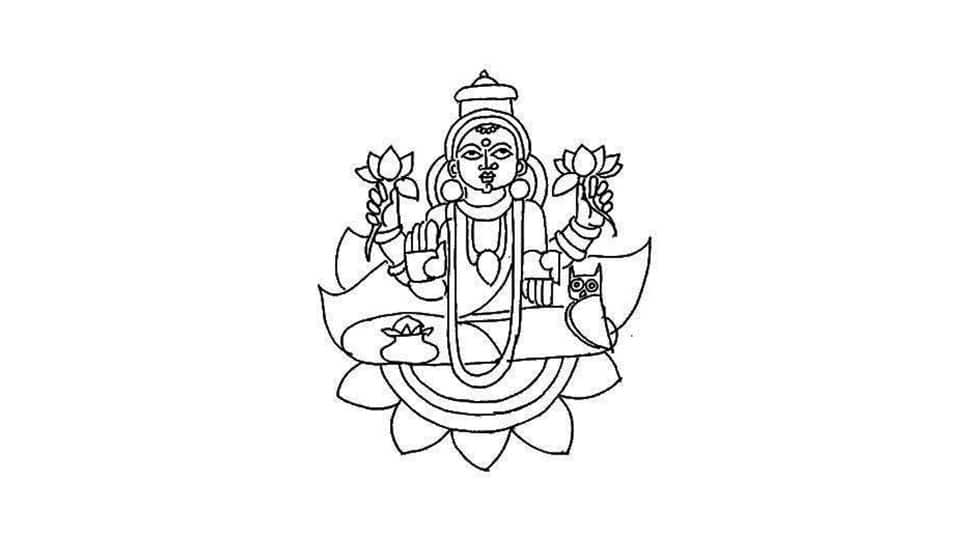By Dr. Devdutt Pattanaik – Author, Speaker, Illustrator, Mythologist
We often assume that a Purana is a Sanskrit text that is known across India. That is not true. Take, for example, the Lakshmi Purana, which Balaram Das wrote in Oriya in the 15th century. It speaks of an event that took place in Puri, where the great temple complex of Jagannath (Krishna) stands.
In the temple, Krishna grants audience to his devotees along with his sister, Subhadra, and his brother, Balabhadra, much to the annoyance of his wife, Lakshmi, who is no where to be seen in the main shrine. This temple is famous for its kitchen where vast amounts of food are cooked for the pleasure of the enshrined Krishna. Here he goes on annual chariot rides and boat rides along with his siblings. Here Krishna also performs many rituals, including shraadha in the month of Margashisha, during which he makes funeral offerings to his parents (Aditi-Kashyapa, Kaushalya – Dashrath, Yashoda – Nanda, Devaki – Vasudev). And every twelve or so years the deities ‘die’ (there is even a cremation ground for them) and are reborn.
Before going further into the story, it is important to remember, that traditional storytellers did not look upon deities as historical or supernatural beings; they were living beings who lived ordinary lives amongst ordinary people to communicate sublime, or shall we say, extraordinary, ideas.
One day, Balabhadra saw Lakshmi entering the house of a sweeper woman. He declared that she had been contaminated and orders his younger brother not to let her into the house. Krishna obeys and shuts the door of the temple. In the days that follow, to the great alarm of the divine siblings, no food is offered to them.
On enquiry, they discover there is no food being cooked in the kitchen as all vegetables and fruits and cereals and pulses and spices have disappeared from the pantry and the market. There is not even a drop of water to drink. The siblings trace this catastrophe to their rejection of Lakshmi.
Eventually Krishna apologises to his wife and begs her to return to the temple. The siblings have learned that notions of contamination and pollution make no sense to the Goddess of Wealth. Food will satisfy without discrimination the hunger of all, be it a sweeper, a king or a God.
In other words, food is satya, truth independent of human opinion. Notions of contamination, which is the hallmark of the caste system, is mithya, dependent of human opinion.
This Puranic story is anything but Brahmanical or patriarchal. This automatically does not mean it is a Marxist, subaltern or feminist text as many academicians have suggested. It is certainly not a directive, instructive, prescriptive text, like the Bible or the Declaration of Human Rights. It is reflective. It questions the relationship between social hierarchies and the distribution of food, widens our perspectives and draws attention to the divide between mithya and satya.








Recent Comments